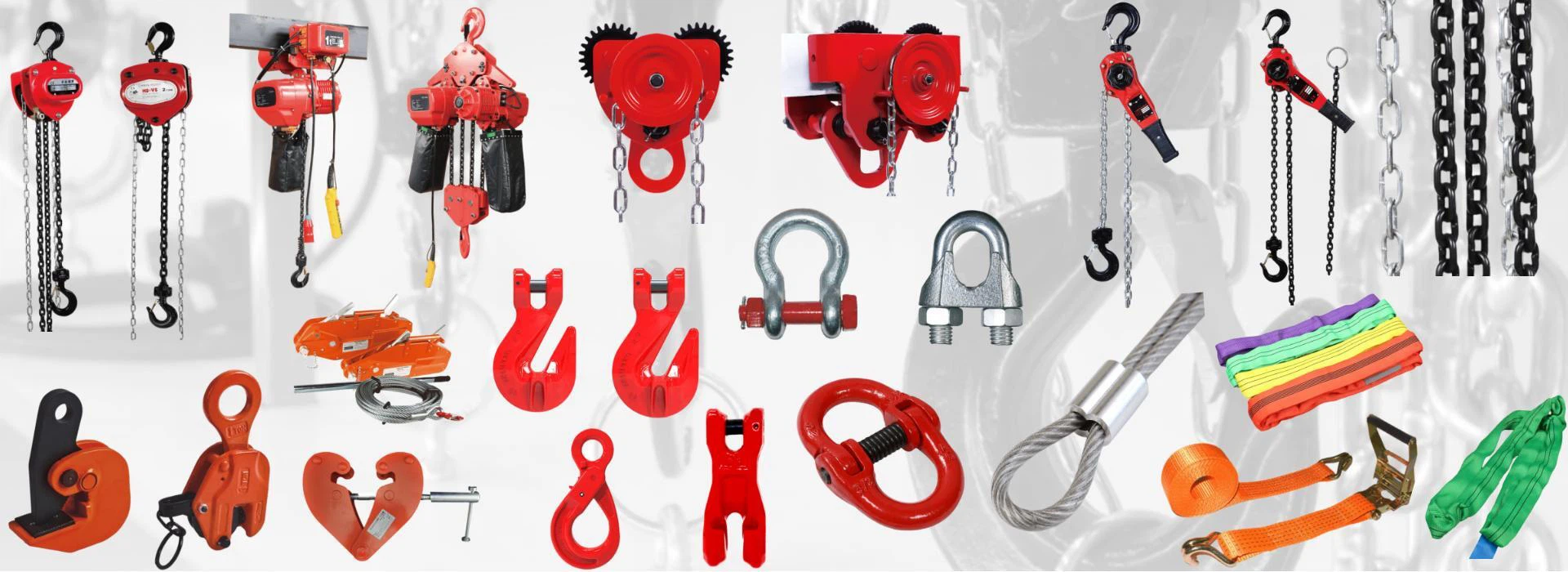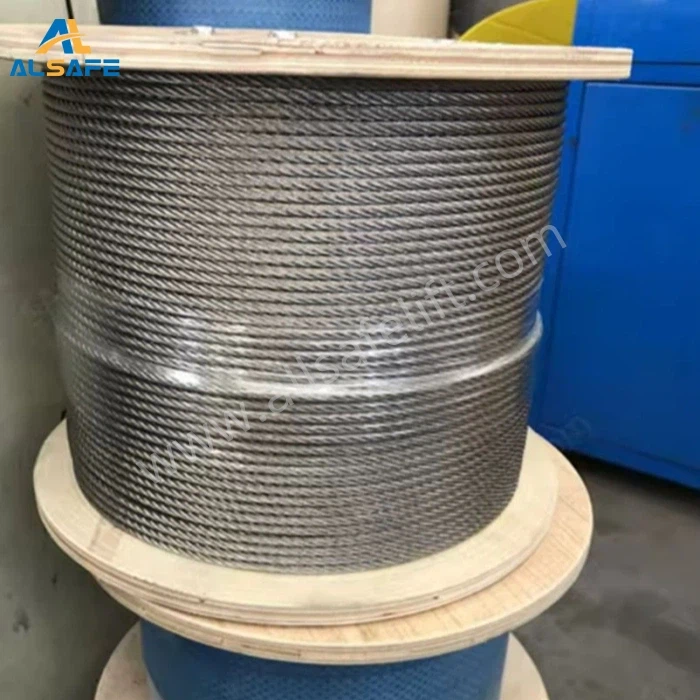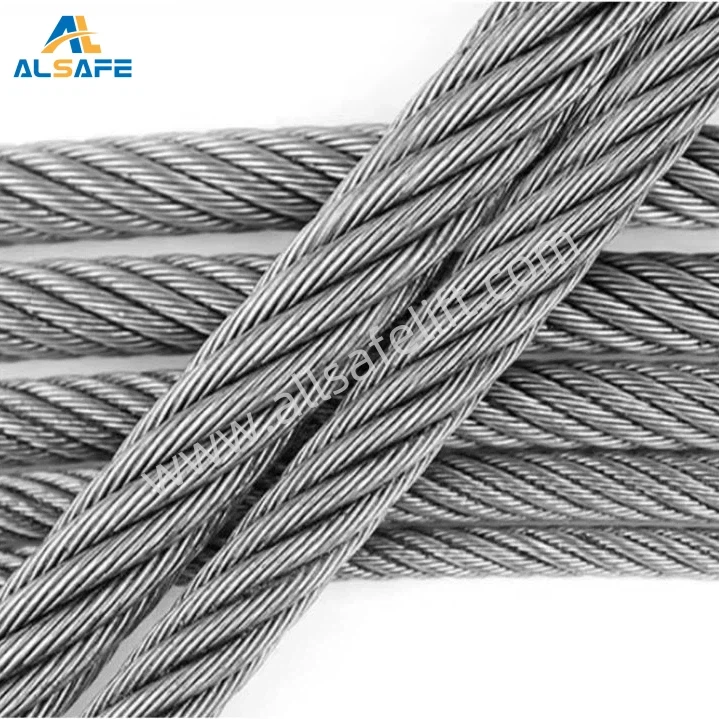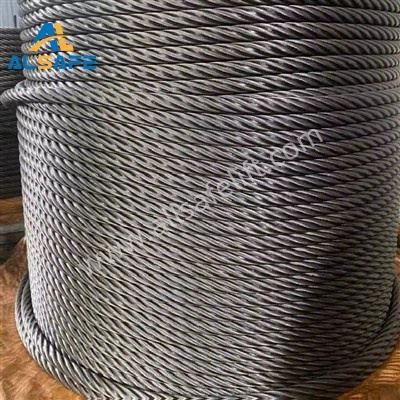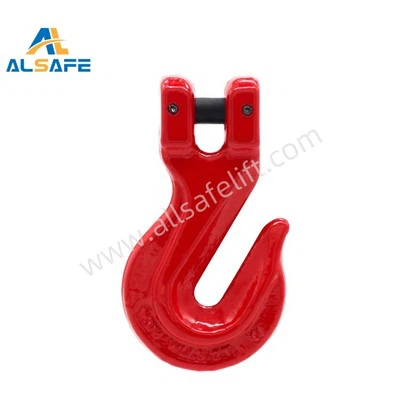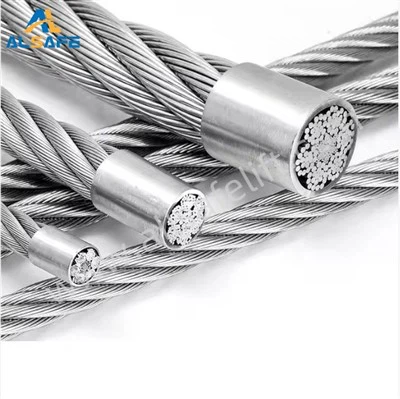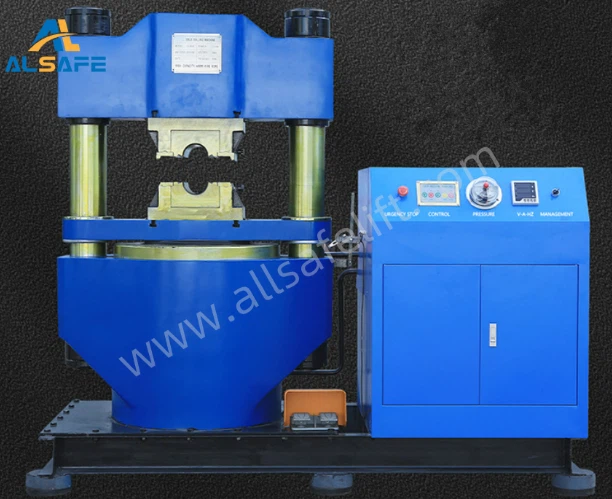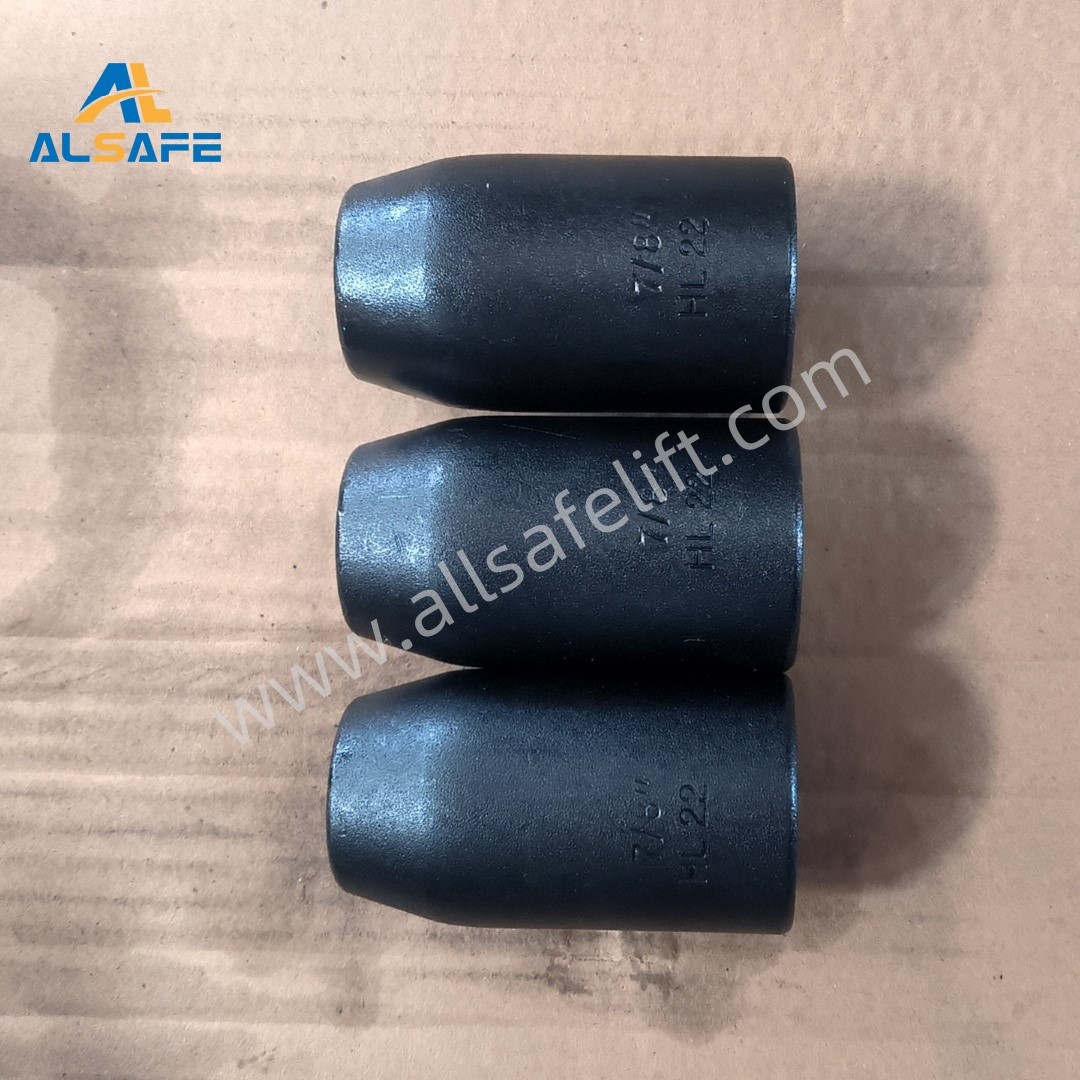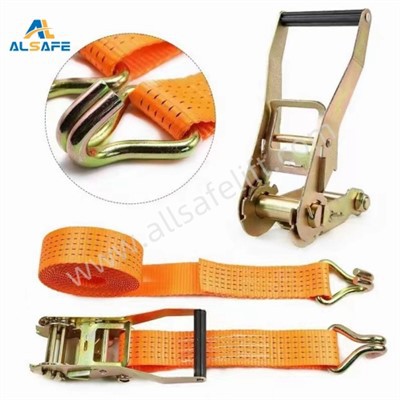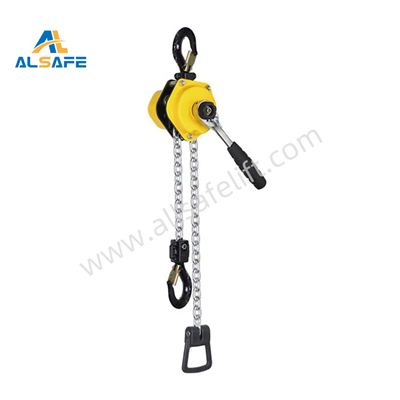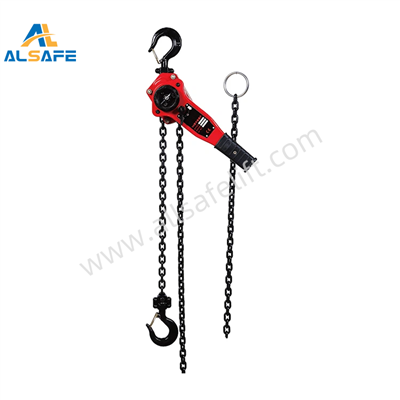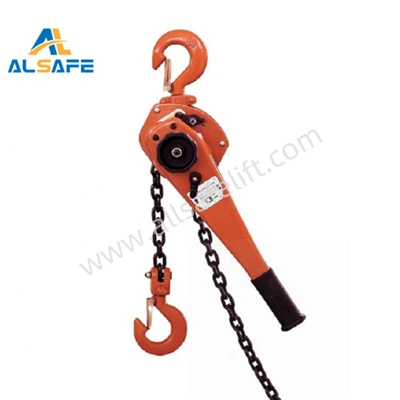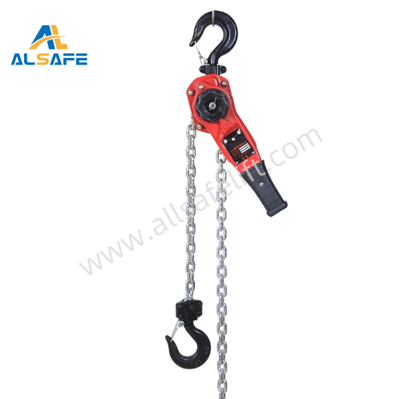Lever Hoist
Known for high quality product and excellent , timely service . AllSafe Group is a leader in the fields of lifting equipment and riggings.
With a wide range of premium products , hardware riggings and material handing equipment , Our top priority is to deliver high quality products while ensuring complete customer satisfaction.
Tested and certified, our products are genuine and meet international standards and requirements. Our wide range of material-handling equipment and hardware riggings include chain block , lever block , electric hoist , plain/geared trolley , G80 chains , webbing sling , ratchet tie down , steel wire rope , shackles, turnbuckles, wire rope clips , among others.
Why Choose Us?
High Quality
Prefessional QC team with 20 Years' experience. Tested and certified, our products are genuine and meet international standards and requirements.
Complete Range of Products
Our wide range of material-handling equipment and hardware riggings include chain block , lever block , electric hoist , plain/geared trolley , G80 chains , webbing sling , ratchet tie down , steel wire rope , shackles, turnbuckles, wire rope clips , among others.
Quality Control
Grade 80 & Grade 100 Materials used for all lifting equipment & riggings. With a wide range of premium products, hardware riggings and material handing equipment, Our top priority is to deliver high quality products while ensuring complete customer satisfaction.
Lever hoists are portable devices used to manually lift, lower or pull a load. A lever hoist can also be used for tensioning and lashing loads for transport. Lever hoists have the advantage of being able to lift in most positions, including horizontally and vertically, where chain hoists can typically only be used vertically.
How Does a Lever Hoist Work
The way a lever hoist operates is simple.
It is typically fitted with a sturdy safety cap to enable it to hold heavy loads securely. A top swivel connection allows it to lift loads from all positions. The hand wheel is used to release or withdraw the required length of the chain.
Further, a ratchet lever is attached to the side of the lever hoist to allow the chain to be pulled in the neutral position. A lever hoist placed in the upward position tightens the chain, enabling the load to be lifted with the tension.
The lever hoist's handle is connected to a block, which has its own internal ratchet and gear mechanism. They work by cranking the lever vertically to power the ratchets. The direction of the internal gear can be easily changed to enable easy horizontal lifting or vertical lifting of the load, as necessary.
The hook at the end of the lever block is used to connect it to the heavy loads while providing the necessary support. The good thing about lever blocks is that they can be tailored to customer requirements.
It should be noted that lever blocks or hoists can handle only a specific working load limit. Care should be taken that the working load limit is never exceeded.
Lever blocks can be made from single or double fall chain configurations. The configurations should be in accordance with the weight of the load to be lifted.
When it comes to lifting heavy loads, it is necessary to crank the lever until the load reaches the desired height. To lower the load, however, the ratchet lever should be moved to the downward position, and the lever hoist should be cranked to lower the chain.
Advantages of a Lever Hoist
Does not require electricity
This type of hoist does not require any electricity or power source, so:
● They are eco-friendly
● They are much more portable when compared to electric hoists.
● They are cheaper to run since you save on the cost of electricity bills.
● Manual operating equipment can even be used when power outages occur, so the workload will never fall behind
Cheap
● Lever hoists are cheaper to buy upfront when compared to electric or hydraulic hoists.
● Lifting heavy loads – Being able to lift heavy loads where it once was not possible, or could only be done with difficulty, is a great advantage to business owners as they can save on labor costs.
Easy to maintain
● The simple design of this type of hoist means that they are easier to repair and maintain since there are no complex motors, wires, or electrical/hydraulic systems to work around.
Easy operation
● Operating a Lever Block is easy and requires little training in the operation.
● Completion of heavy lifting jobs by one person – Where more than one worker would have been needed to lift heavy loads via other means, completion of lifting jobs with the use of a chain block or lever block mostly only requires one person.
● These portable devices are incredibly useful in tensioning and can lift objects in most positions – including horizontally, which a lot of other hoist types cannot do.
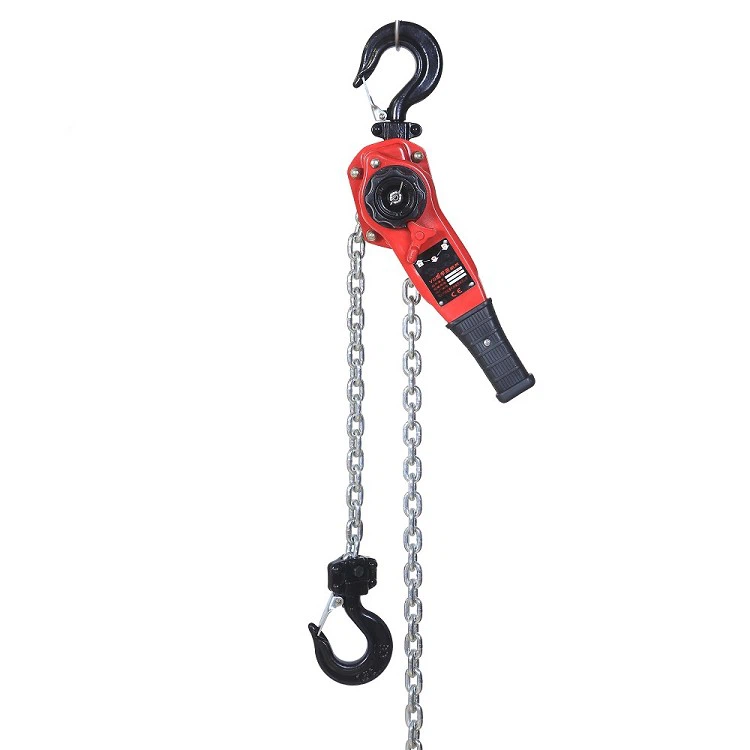
Lever hoists are manually operated by an integrated lever, which in turn allows a chain to be raised or lowered as required. This provides a smooth, stable and safe operating experience, which is clearly important in a commercial environment where heavy loads are being handled.
A Guide to Inspecting Your Lever Hoist
When it comes to lever hoists, utility professionals rely on a variety of different hoists to get the job done. One of the most popular hoists for utility applications is the lever hoist. When using a lever hoist, it's important to inspect it regularly to prevent accidents or product failures. These inspections are broken down into frequent and periodic inspections.
Frequent hoist inspections for your lever hoist
Frequent inspections are what we refer to as pre-operational inspections. In addition to these inspections, visual observations should be conducted during regular service of these hoists to check for any damage. Any deficiencies should be carefully examined and a determination made as to whether they constitute a hazard.
During the inspection, check the following:
● All functional operating mechanisms for maladjustment interfering with proper operation.
● Hooks and latches for deformation, chemical damage, cracks and wear.
● Hook latches for proper attachment and operation.
● Levers for bends, cracks or other damage.
● Damage to the support of the hoist.
The web strap should be visually inspected at the beginning of each shift to identify any major damage that could cause an immediate hazard, such as melting or charring, weld splatter, broken stitching, damaged eyes, etc.
Periodic hoist inspections
Periodic inspections are thorough, detailed inspections that may require complete disassembly of the hoist.
● These should be performed by an appointed person. These inspections should include:
● A designated person determining whether conditions found during the inspection constitute a hazard and if disassembly is required.
● Checking fasteners for evidence of loosening.
● Checking the web strap, suspension frame, levers, yokes, shafts, pins, rollers and locking/clamping devices for evidence of wear, corrosion, cracks and distortion.
Special care should be taken when inspecting sections of the web strap for rapid deterioration, including sections:
● In contact with saddles, equalizer sheaves or other sheaves where web strap travel is limited.
● At or near the ends where broken threads or cuts may be evident
● Subject to reverse bends that are normally hidden during visual inspection, such as sections passing over sheaves.
Lever Hoist Specifications
Operation principle
Lever hoists utilize a lever and ratchet system to move loads. The operator's force on the lever turns gears, which in turn moves the chain through the hoist to lift or lower a load.
Material construction
Typically made of durable materials like steel, some variants are designed with spark-proof or corrosion-resistant features for specialized environments.
Capacity range
These hoists come in a wide range of capacities, making them versatile for different load weights. Selecting the right hoist depends on the job's specific requirements, including load weight and operational conditions.
Instead of pulling a chain, this mechanical device has a lever that can be cranked up and down to move an object. By switching the pawl rod lever, you can easily change the operation direction, i.e. to raise/lower the object.
Unlike hand hoists, lever hoists, especially small devices, can be operated using just one hand. Speed is not a characteristic of them.
● To raise the load: Turn pawl rod lever to the lifting position (⬆) and operate the lever with a pumping action.
● To lower the load: Turn pawl rod lever to the lowering position (⬇) and operate the
● To adjust the chain length: Turn pawl rod lever to the neutral position (central). The chain can now be pulled in both directions and the bottom hook will be quickly brought to the required position.
To suspend a lever chain hoist, the top hook of the hoist can be attached to a shackle, beam clamp, push trolley or other secure supports. To secure a load, the bottom hook can be attached to an object directly if the load has an appropriate fitting or via lifting slings with a shackle. If it is for pulling or tensioning, the top and bottom hooks are usually secured to the objects via lifting slings.

Tips for Using a Lever Hoist

● When using a lever hoist, you should never extend the lever to get more power.
● The hoist must always be labeled with the maximum working load. If this label is not present, you may not use the hoist.
● Always check whether and when the ratchet hoist was last inspected.
● Always use a strong attachment point.
● Make sure that no persons can get caught between the load and the construction.
● Never leave a load in the hook when you leave the area
● Never leave a load in the hook when you leave the room.
Step-by-Step Guide: How to Safely Operate a Lever Hoist
Operating a lever hoist, also known as a lever chain hoist, requires proper knowledge and caution to ensure safety. Here is a step-by-step guide on how to safely operate a lever hoist:
Step 1: Inspect the hoist
Before using the lever hoist, carefully inspect it for any signs of damage, wear, or malfunction. Check the chain, hooks, lever, and other components for any visible issues. If you notice any problems, do not use the hoist and report it to the appropriate personnel.
Step 2: Choose the correct capacity
Make sure the lever hoist you are using has a sufficient weight capacity to handle the load you intend to lift. Refer to the hoist's user manual or markings to determine its capacity. It is essential never to exceed the hoist's specified weight limit to prevent accidents and equipment failure.
Step 3: Prepare the load
Ensure that the load you are about to lift is properly secured and compatible with the lever hoist. If necessary, use suitable slings or attachments to connect the load securely to the hoist's hooks.
Step 4: Position the hoist
Place the lever hoist in a suitable position, considering factors such as stability, clearance, and accessibility. Ensure that the hoist is aligned properly with the load and any support structure, if applicable.
Step 5: Apply tension on the chain
Pull the chain gradually to eliminate any slack or looseness. Take care not to create excessive tension or strain on the chain. The chain should be snug and properly engaged with the hoist's gears.
Step 6: Operate the lever
Grasp the lever handle securely and apply a smooth, controlled force to operate the hoist. Move the lever in a continuous, steady motion to lift the load. Avoid jerking or sudden movements that may put undue stress on the hoist or cause the load to swing.
Step 7: Monitor the lift
As you operate the lever hoist, keep a close eye on the load and its movement. Ensure that it is lifting smoothly and evenly. If you notice any signs of instability or unusual behavior, stop the lift immediately and assess the situation.
Step 8: Set the load down safely
Once you have lifted the load to the desired height or position, carefully lower it by reversing the lever motion. Control the descent of the load to prevent it from dropping abruptly or causing any hazards.
Step 9: Store the hoist properly
After completing the lifting operation, store the lever hoist in a suitable location. Make sure it is protected from damage, moisture, and any potential hazards. Follow any specific storage guidelines provided by the manufacturer.
FAQ
Q: What is another name for a lever hoist?
Q: What is a lever hoist?
Q: What is the difference between a chain hoist and a lever hoist?
Q: Is a lever hoist the same as a come along?
Q: What is the purpose of a lever hoist?
Q: Can you use a lever hoist horizontally?
Q: What size is a lever hoist?
Q: What is the safety factor of a lever hoist?
Q: Can you use a lever hoist upside down?
Q: How do you inspect a lever hoist?
Q: What is the function of a lever hoist?
Q: What is the difference between chain block and lever hoist?
Q: What is the capacity of a lever chain hoist?
Q: Can you use a lever hoist horizontally?
Q: What is the difference between a chain hoist and a lever hoist?
Q: Can a lever hoist be used horizontally?
Q: Is a lever hoist the same as a come along?
Q: What is the purpose of a lever hoist?
Q: Can you use a lever hoist upside down?
Q: What are the main components of a lever hoist?


